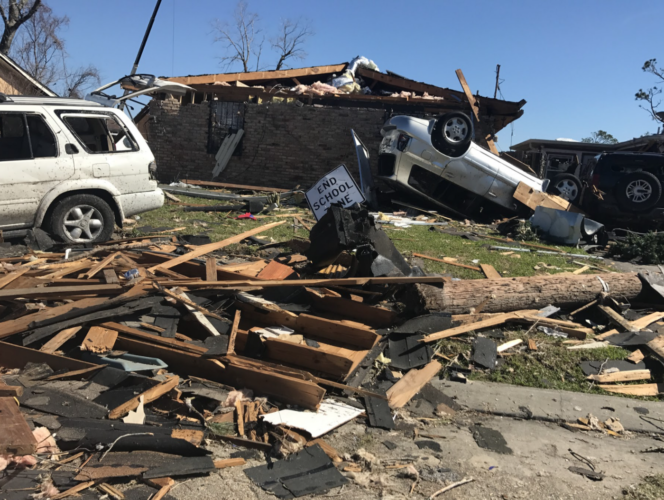National Fair Housing Month commemorates the enactment of the Fair Housing Act of 1968. Fair housing, simply put, is the right to choose housing free from unlawful discrimination. The Fair Housing Act, one of the hallmarks of President Lyndon B. Johnson’s sweeping civil rights legislation, prohibits housing discrimination because of race, color, religion, national origin, sex, disability, or family status. It has implications for racial equity, poverty, health, and even disaster recovery.
SBP’s 15 years of experience in long-term disaster recovery is inextricably linked to our ability (and the ability of the communities where we work) to affirmatively further fair housing.
Lending, land use, and other regulatory decisions made over several decades during the 20th century contributed to residential segregation by race in cities across the U.S that persists today. Practices like redlining (in which banks and regulators systematically refuse mortgage loans for homes in minority neighborhoods—see this interactive map) and exclusionary zoning (which prohibits multifamily housing in single-family areas) led to lower rates of homeownership among families of color and starkly racially segregated neighborhoods.
Often, the neighborhoods where people of color could afford to live were located in less desirable areas that were flood-prone or close to industrial uses. While this segregation directly affects the ability of Black and brown households to accumulate and pass down wealth and contributes to poorer health outcomes, it also affects how well families of color are able to recover from disasters. When communities are hit by disaster, minority residents often struggle the most to recover.

The legacy of decades of (sometimes purposefully, sometimes not) discriminatory regulatory decisions means that families of color are more likely to approach a pending disaster with less household wealth, in riskier locations. Post-disaster, recovery resources may be harder to access; at the same time, these families often need them more, because a greater proportion of their household wealth was tied up in their (now damaged) home.
SBP recognizes that the playing field is not level when it comes to both disaster impacts and disaster recovery, and that is why we focus on helping low-income households rebuild and return to their safe, sanitary and secure homes quickly.
We are committed to rebuilding each home to nationally recognized resilient building standards and infusing energy-efficient improvements where possible.
Our client services teams help disaster survivors navigate the FEMA claims process and link them with other service providers to meet as many of their needs as possible. Pre-disaster, our Opportunity Housing work seeks to create energy-efficient, resilient homes for low- and moderate-income renters and homebuyers to help people build resilience before disaster strikes.
It took years of intentional and unintentional discrimination to create the housing issues that make low-income communities of color more vulnerable to disaster. Through our work, we’re holistically addressing these issues — through federal and state policies, through disaster response and education and through affordable housing options. There is still a lot of work to do to achieve fair housing and a system of equitable recovery, but there are tangible things we can all do — and advocate for — that can improve outcomes for everyone.
Lauren Avioli is SBP’s Real Estate Development Manager. She oversees SBP’s Opportunity Housing Program, which creates homeownership and rental opportunities for low- and moderate-income households in communities where SBP works.

